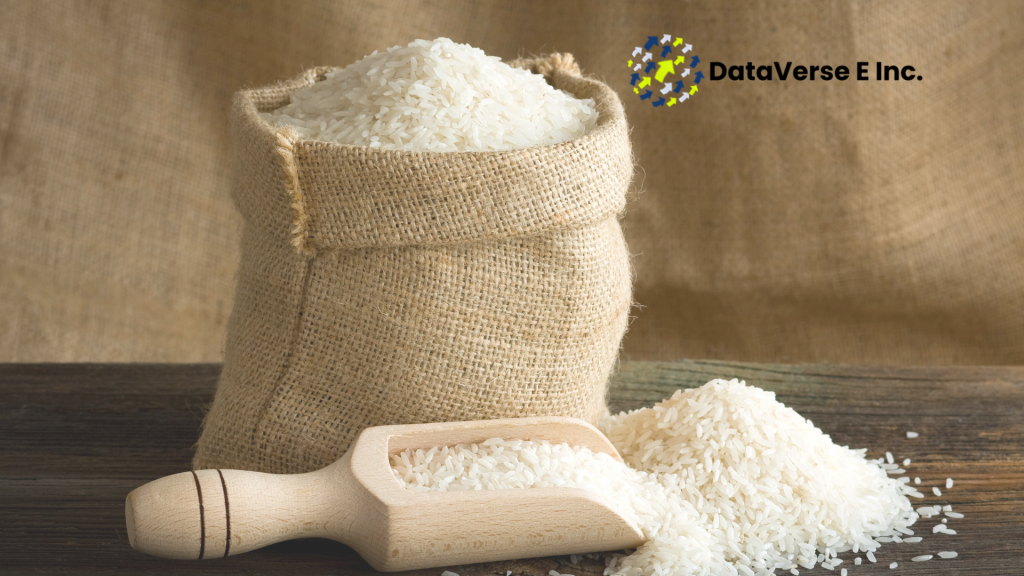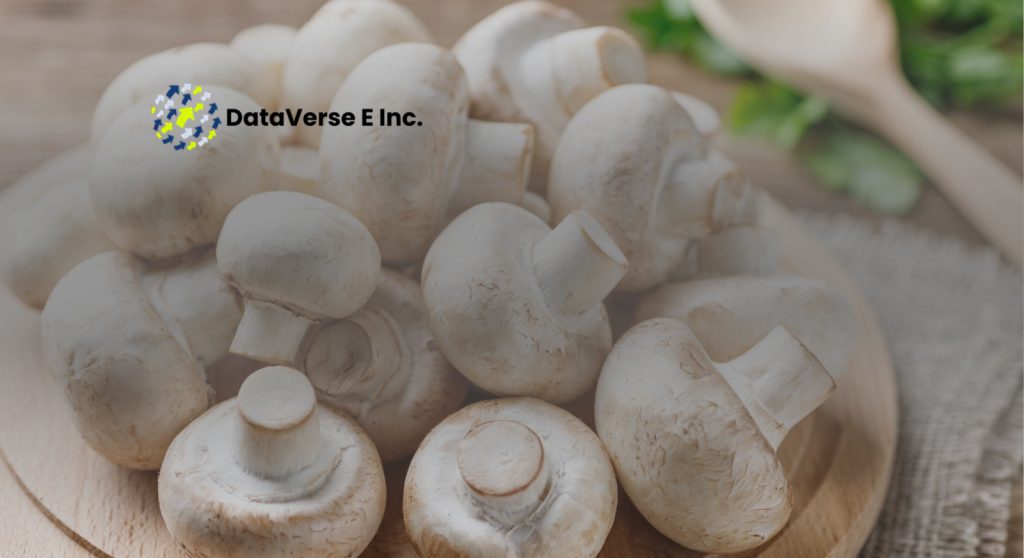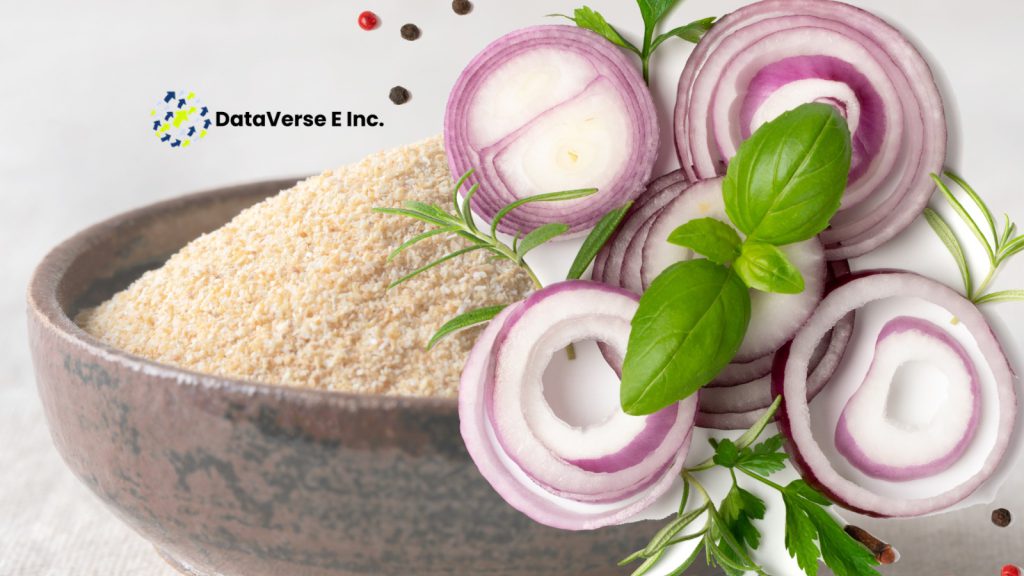In the rich tapestry of India’s agriculture and spice export portfolio, dry ginger stands out as a key commodity. With global buyers increasingly turning to data-driven sourcing, access to clear global import export trade data is vital. Indian exporters benefit when they link into reliable import export trade data providers and track import export data, especially in the agriculture and dairy sectors trade data domain. For dry ginger specifically, India’s role underscores both established supply strength and new growth potential in world markets.
Global Import Export Trade Data on Dry Ginger
According to market research, the global ginger market (inclusive of fresh, dried and processed forms) was valued at nearly USD 4.01 billion in 2024 and is forecast to reach about USD 6.88 billion by 2030, growing at a CAGR of around 9.4%.
In the Asia-Pacific region, overseas shipments of ginger in 2024 grew about 40% to 724 000 tons, ending a three-year decline.
These figures illustrate a dynamic global environment for ginger, and specifically for dried forms that feed into spice, nutraceutical and food-processing lines.
Total Dry Ginger 2024-25 (India) & Top Dry Ginger Product Export
Precise public figures for India’s dry ginger export volume and value for FY 2024-25 remain limited. However:
- India exported a broad category of spices worth USD 4.46 billion in FY 24.
- For dry ginger, the leading product form is “ginger, neither crushed nor ground, dried, unbleached” under HSN code 09101120.
Thus, for exporters and analysts tracking via a global import export data provider, dry ginger exports from India should be mapped under HSN 09101120 (and related codes) to capture relevant trade flows.
Top Export Destinations & Top Suppliers
From Indian export data for dry ginger:
- Between Oct 2023 to Sep 2024, India exported dry ginger to 56 countries. The top three importers were: United Arab Emirates (~14%), Malaysia (~14%), and Morocco (~13%) of India’s total shipments.
- On the global supplier side, India remains the dominant exporter of dry ginger. For example, exports under HSN 09101210 show India accounting for ~98% of shipments in one dataset.
Top 5 buyer countries:
- United Arab Emirates (UAE)
- Malaysia
- Morocco
- United States
- Saudi Arabia / Spain (depending on segment) — sources list the US and Saudi Arabia as significant buyers.
Top 5 supplier countries:
When looking at Indian imports of dehydrated/dry ginger: India imports from over 22 countries – top suppliers include Thailand, China, etc.
But for exports: India is the top supplier globally of dry ginger, followed by smaller volumes from Mexico, China and others.
Top Export/Import Companies in India
While comprehensive company-by-company data from public free sources is limited, trusted listings highlight:
- Exporters: Kinal Global Care Pvt Ltd, Ashapura Exporters, Savaliya Agri Commodity Export Pvt Ltd, Surendraray & Co, Basil Food Export.
- Importers (into India for dried/dry ginger): Synthite Industries Pvt. Ltd., Viral Corporation, Plant Lipid Pvt. Ltd. account for ~65% of India’s dried ginger import volumes (Nov 2023-Oct 2024).
For any exporter or buyer, subscribing to reliable import export data from a global import export trade data provider is highly recommended to identify and benchmark such companies.
HSN Code
Key HSN/HS codes for dry ginger from India:
- 09101120 → Ginger, neither crushed nor ground – dried, unbleached.
- 09101210 → Ginger, crushed or ground – powdered form.
Correct classification under these codes is essential when analysing india import export data or when tracking shipments and using trade-intelligence platforms.
Global Trade Challenges & Opportunities
Challenges:
- Quality and standardisation: International buyers often demand consistent moisture content, minimal defects, traceability—failure to meet these may push buyers to alternative suppliers.
- Logistics & supply chain constraints: Spices like dry ginger are subject to seasonality, weather-disruptions, port delays; shipping cost pressures affect competitiveness.
- Export data transparency: For the agriculture & dairy sectors trade data (and specifically spices), accessing clean, timely import export trade data remains a challenge—making the role of a reliable global import export data provider even more critical.
- Price volatility & competition: Even though India is a leading producer (≈ 45% of global ginger production by metric ton in 2023). competitive pressure from other origins and fluctuations in global demand pose risks.
Opportunities:
- Growing global demand: With health, functional foods and spice-driven culinary innovation on the rise, the global ginger market is forecast to grow strongly.
- Value-addition and differentiation: Indian exporters can move up the value chain—exporting organic dry ginger, powder, slices, or branded products—rather than just raw dried material.
- Data-driven sourcing and market-entry: By leveraging import export trade data providers, exporters and importers can map buyer networks, monitor price/volume trends, and identify emerging markets—thus aligning with the overall agriculture dairy sectors trade data ecosystem.
- New markets & diversification: While traditional buyers like UAE, US, Morocco dominate, emerging markets in Africa, Southeast Asia and Middle East present new opportunities.
Latest News
A recent report highlighted that the export of ginger from India’s north-eastern region (Mizoram) to neighbouring Bangladesh was disrupted due to border sealing, hurting prices and volumes.
This underscores how geopolitical, logistical and trade-border issues can ripple through even well-established export items such as dry ginger.
Conclusion
For stakeholders in the dry ginger export business, or those analysing it via india import export data, this year offers both promise and caution. India remains a dominant supplier, with strong global demand and growth prospects. But success hinges on aligning to quality standards, engaging with data-driven trade intelligence (via import export data providers), and proactively exploring new market avenues. With proper use of HSN codes (like 09101120, 09101210), tracking via reliable platforms, and knowing both buyer and supplier networks, Indian exporters are well placed to capitalise on the continuing growth in this spice segment.
Would you like me to pull a detailed table of shipment volumes, values, buyer-list and supplier-list for India’s dry ginger exports (2023-24 and latest) from multiple data sources?






No comment yet, add your voice below!